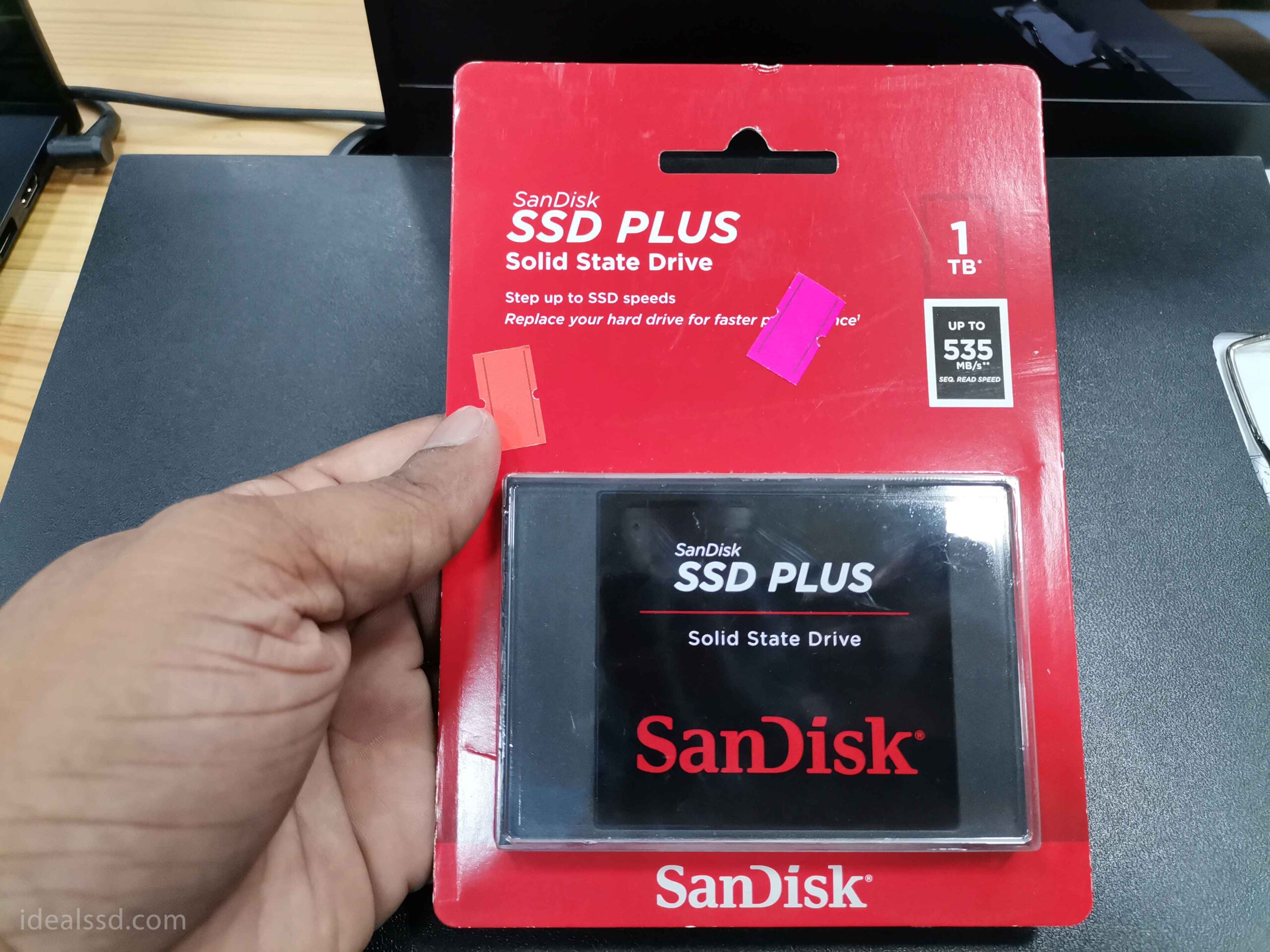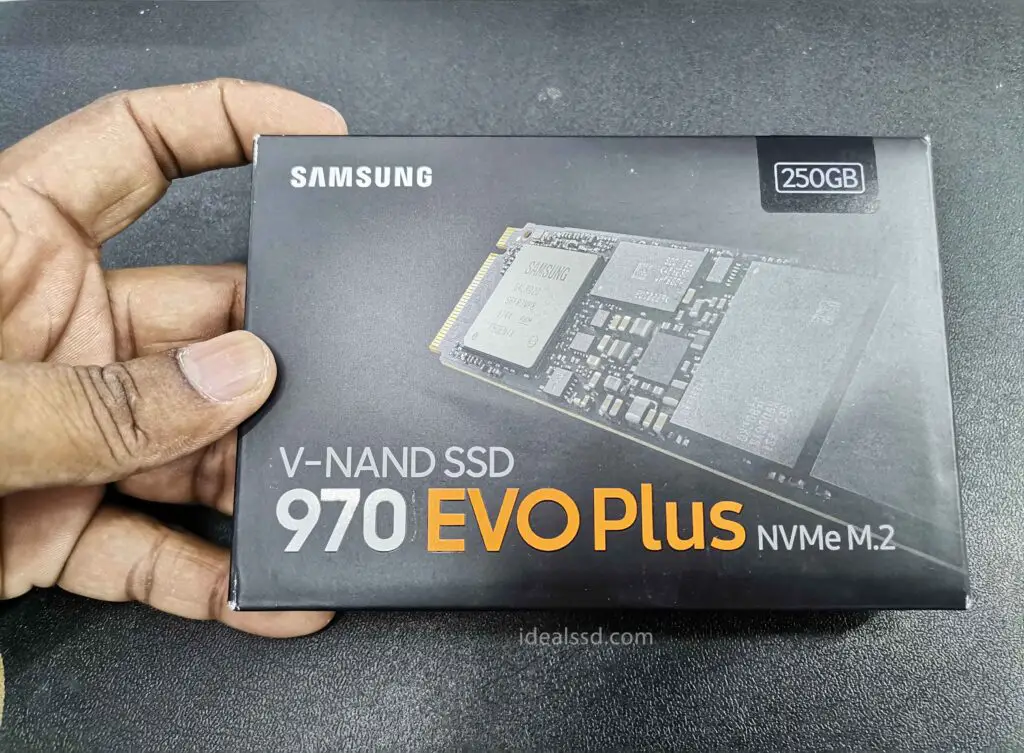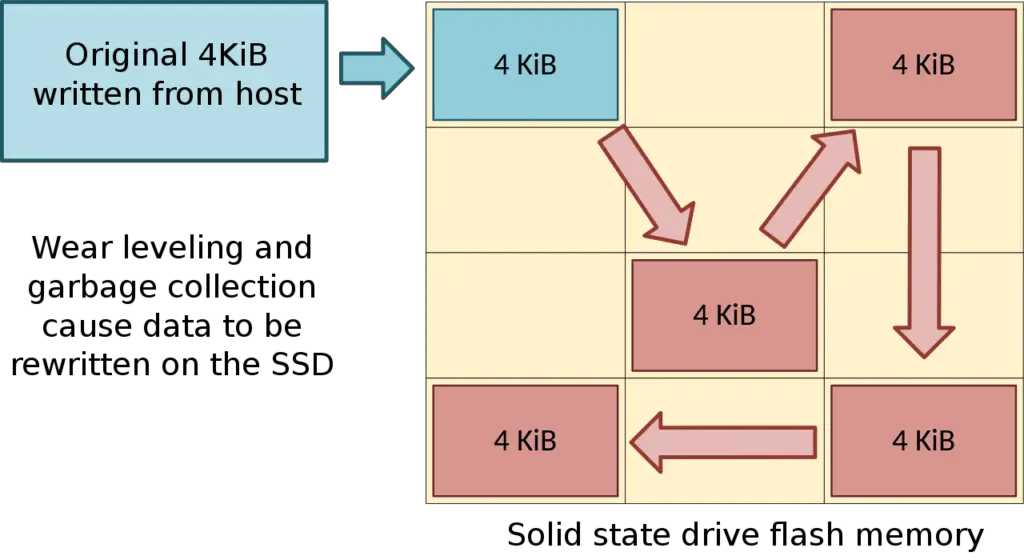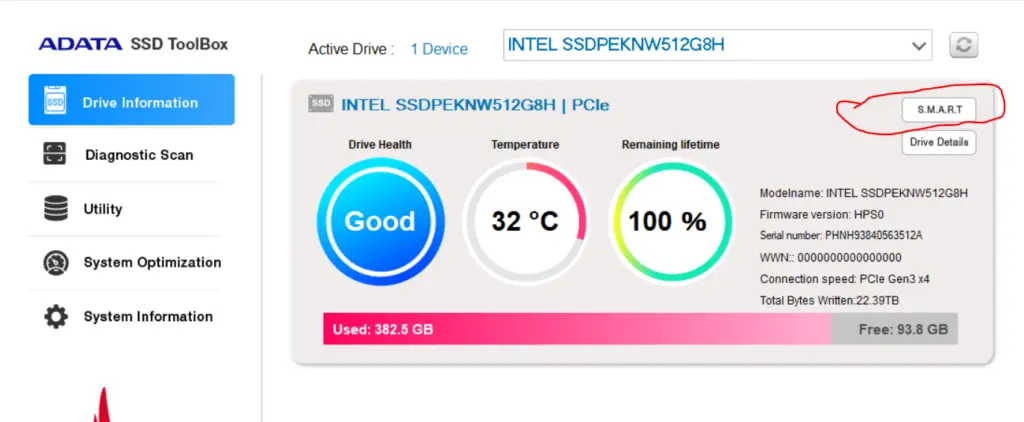What Does SSD Wear Level Mean?

A solid-state drive (SSD) is a type of storage device that uses integrated circuits to store data. SSDs are faster and more reliable than traditional hard drives because they have no moving parts which make them less vulnerable to physical shock or vibration. The downside is that they cost significantly more per gigabyte.
One key indicator of how much work remains to be done on an SSD before it wears out and needs replacement is its Wear Level status, typically expressed as a percentage from 0% to 100%. Wear levelling, is the process of spreading writes uniformly across all memory locations.
What is a solid-state drive (SSD)?

Solid-state drives have been around for a few years now, and they’re starting to replace traditional hard drives in many computers. You may not know what an SSD is or how it differs from a hard drive, so let’s take a look at the basics. The first thing you should know about SSDs is that they don’t have any moving parts inside them – unlike your typical hard drive.
Because of this reason, it’s highly unlikely that an SSD will face mechanical failures. This makes them much faster than a regular hard drive because there isn’t anything slowing down the data reading process. In addition, since SSDs are consists of flash cells, they use less power and generate less heat which makes them more energy efficient too! But that being said you must maintain a good temperature around your PC otherwise it will harm your SSD as well as your internal equipment. Safe Operating Temperature For SSD
NAND flash cells are categorized depending on the number of bits they can store: They are SLC, MLC, TLC and QLC.
1) Single Level Cell (SLC)
A single-level cell (SLC) has only one bit per cell, allowing it to store data more efficiently than traditional multi-level cells. These were the earliest type of flash memory, and they’re still the most expensive. This type of drive is typically used in enterprise applications because it can handle intense workloads and higher temperatures than other types of flash memory.
2) Multi-Level Cell (MLC)
A multi-level cell (MLC) drive has the ability to store two bits of information per cell. This allows manufacturers to make flash memory with higher storage densities at a lower cost compared to SLC stores. These types of drives are more affordable than SLC, but they’re also slower and have lesser endurance levels.
3) Triple-Level Cell (TLC)
A triple-level cell (TLC) stores three bits of information per cell which makes it the densest type of flash memory on the market today. This also allows manufacturers to cut costs even further by producing TLC drives. The low cost and high density of TLC drive sound good, but these drives have a lower endurance level than SLC and MLC drives.
4) Quad-Level Cell (QLC)
A Quad-Level Cell (QLC) stores four bits of information per cell, making it the highest capacity flash memory available today. Manufacturers can produce QLC drives with up to 1 terabit of storage space, which means they can hold over 10 times the amount of information as a standard MLC drive. However, they’re also the most expensive type of NAND flash memory.
What does wear levelling mean?

In the context of an SSD, wear levelling refers to a feature that distributes data evenly across all cells within a solid-state drive. This limits the number of times any single block of memory is rewritten and slows down how quickly the drive becomes unusable. So you might be wondering – what does this have to do with my SSD wearing out? Well, there are actually two types of wear levelling that you should be aware of.
- The first type refers to how an SSD controller will try to distribute data evenly across all cells within the drive – even writing small files over different portions of the device rather than writing large areas consecutively. This gives each cell more opportunities to rewrite data and therefore, increases the life of your SSD.
- The other type refers to how long data is stored in a single memory cell before being moved to another cell. This prevents old cells from getting worn out before new cells because they have been rewritten more times than others – a process called write amplification.
SSD wear levelling ensures that all parts of your drive are used evenly to prolong the life of your device. If you want to maximize the lifespan of your SSD, then it’s important to keep track of how often data is rewritten to each cell – also known as write amplification.
How Does the Wear Level Indicator Work on SSDs?
The Wear Level indicator on SSDs is a measurement of the number of times data has been written to, and erased from, the drive. As the drive’s usage increases, the Wear Level indicator will decrease. When it reaches 0%, that indicates that the drive can no longer be used and should be replaced.
The higher value of an SSD’s Wear Level indicator is more desirable in most circumstances because it means that the drive has been used for less time and therefore has a longer life expectancy.
What Are the Benefits of Using an SSD With a High Wear Level Status?
- The SSD will be able to withstand writes at a much higher pace.
- They are less likely to face performance issues when writing data frequently.
- They are more reliable, and have a loger durability.
What Should You Do if Your SSD’s Wear Level Falls Below 50% or 25%?

It is important to know what should you do if your SSD’s Wear Level falls below 50% or 25%. This can cause a data loss and affect the performance of the computer. If that happens, then there are some things that should be done in order to save the data before it gets lost forever. In this post, I will show how you can increase your disk space as well as fix other problems on an SSD drive.
1) Increase Disk Space: An easy way to free up more storage space from an SSD is by using a third-party applications such as AVG PC Tuneup, Avast Cleanup Premium or CC Cleaner. These programs scan through your hard drive and find unnecessary files like old installation files and temporary internet files that you do not need anymore. You can then choose to clean these files and convert them into more storage space on your SSD.
2) Fixing the Problem: If there is a problem with your drive, then one of the first things you should do is make sure that the issue has not been caused by some temporary files or some other programs you installed. If it is not an issue with temporary files or some other programs, then the next step would be to run the CheckDisk tool of windows. This will fix the problem on your drive.
3) Do a Low-Level Format of Your Drive: The last resort is to do a low-level format of your drive.
Conclusion
A solid-state drive (SSD) is a data storage device that uses solid-state memory to store persistent data. Unlike hard disk drives (HDDs), SSDs have no moving parts and therefore are faster, quieter, and more durable. The Wear Level indicator on an SSD indicates the percentage of usable life remaining on the drive. When the indicator falls below 50% or 25%, it’s time to replace the SSD.
Reference
- Wear leveling : https://en.wikipedia.org/wiki/Wear_leveling

